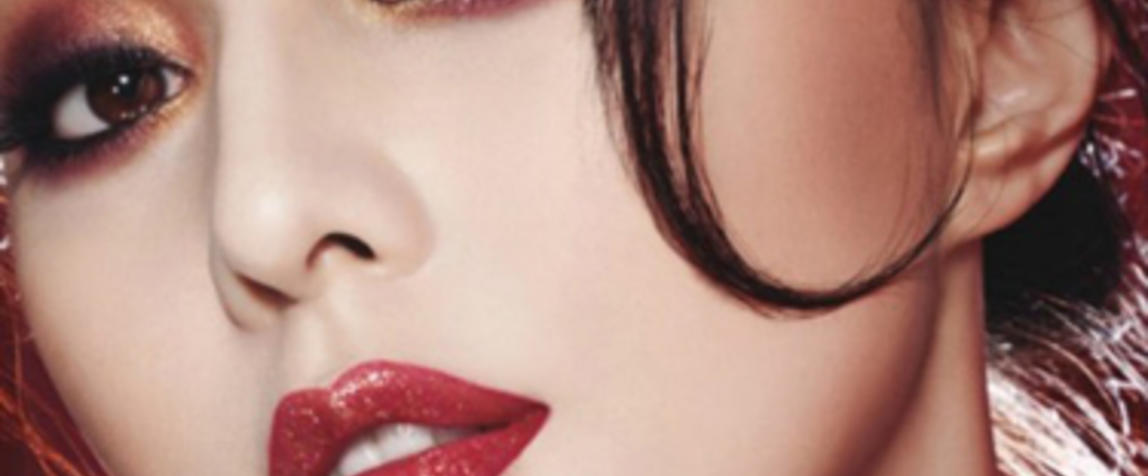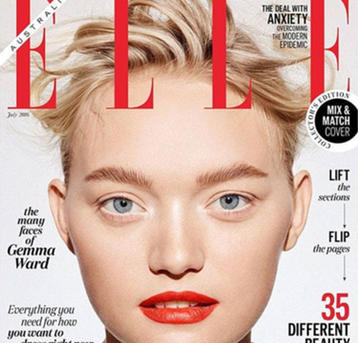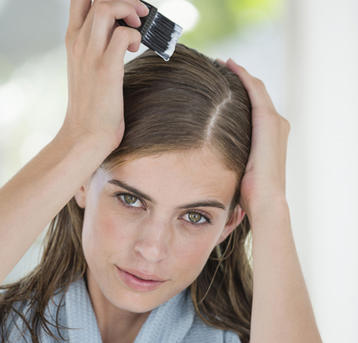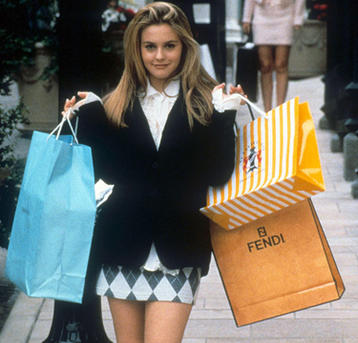China has fast become a global superpower in the cosmetics industry, with more brands than ever keen to break into the high-spending market. The cosmetic industry in China alone was worth ¥204.9 billion last year, up by 12.3 per cent since 2015, and is estimated to increase in value to ¥338 billion by 2020, according to Mintel.
Here, BD explains the four key trends driving the Chinese beauty industry…
Lipstick
Reports from Mintel show that lipstick makes up nearly a quarter (22 per cent) of the Chinese beauty market. The makeup item is considered an essential for many Chinese women, with statistics further showing that 95 per cent of women in urban regions consider lip gloss or lipstick a staple.
Mintel associate beauty director Jessica Jin explained: “Urban Chinese consumers consider lipstick to be the most important colour cosmetic for every occasion and each type of desired make-up look.
“When choosing colour cosmetics, we can’t ignore the power of KOL (Key Opinion Leaders - Chinese influencers), beauty blogger-style celebrities and traditional celebrities, although consumers still love to get recommendations from family members and friends.
“We see an opportunity for brands to dig deeper into multi-use products as the majority of consumers would like to reduce the steps in their make-up routine.”
Male Grooming
There’s no denying that Asia is at the forefront of the male grooming/male beauty phenomenon; and while the boom is largely attributed to skin-conscious men in South Korea, Chinese men are quickly catching up.
Asian media have dubbed the movement the beginning of the ‘male beauty era’; and Cinda Securities – a consumer analytics firm – reported in September that the gender spending gap in China narrowed 51 per cent last year.
Cinda Securities also noted that acne treatments, sun care and oil-control skin care are the top products for the average male user, while L’Oréal Paris, Nivea and Clinique are men’s three favourite brands.
Anti-pollution products
Anti-pollution beauty was one of the biggest trends of 2016/2017, and the Chinese beauty market has taken notice. China has been labelled ‘the world’s deadliest country’ for outdoor pollution by the World Health Organisation (WHO), and more than one million people died from polluted air in 2012.
As a result of this, Mintel reports one in three product launches in Asia carry anti-pollution claims; with China being the leading country for anti-pollution products in 2016.
Home-grown products
“In recent years, we have seen the growth of Chinese brands, not only in the colour cosmetics category, but across beauty and personal care categories,” explains Jin.
Previously, western beauty brands were the most desired beauty products in Asia due to being seen as higher quality than home-grown brands (and L’Oréal still owns 27 per cent of the market share); however, Asian companies are starting to take their share of the market. Mintel claims Chinese colour cosmetics brands are most popular, selected by over 25 per cent of makeup wearers.
“What Chinese brands are selling is not patriotism, but rather increasing product quality and inherited brand equity and technology,” continues Jin, “Brands should leverage quick innovations with affordable prices and provide as many kinds of make-up options as they can to attract younger consumers in their twenties who are still in the early stages of finding their most suitable make-up looks.”




